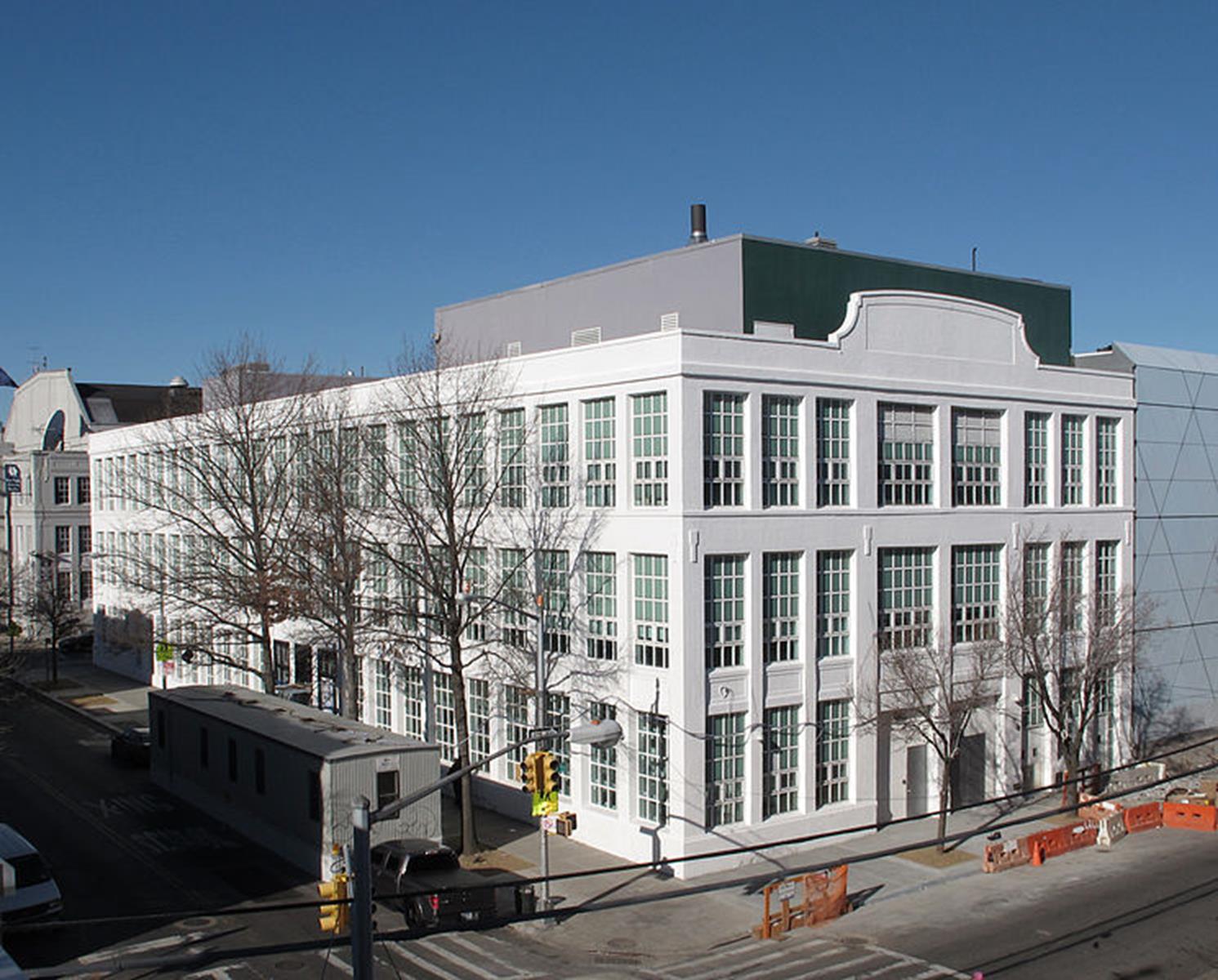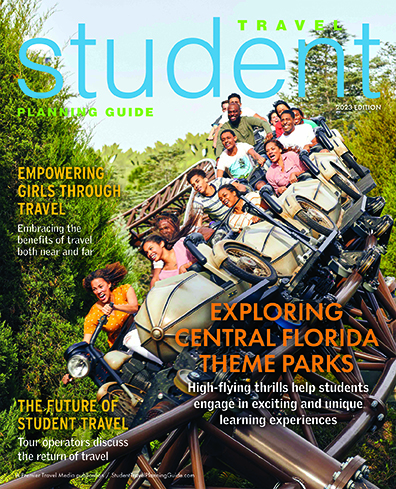Only in a city like New York could a museum that holds 1.5 million works be a secondary sight. New York, as a thriving, pulsing, culturally rich place, has its fair share of museums and then some. This attachment to history is only natural, especially if you’ve been perched on the shores of a natural harbor for the nearly 400 years that New York has. History tends to collect.
We’re all familiar with the Big Apple’s Big Museums: MoMA, the Met, the Whitney, the Guggenheim – each one quite worthy of an article, as well as a visit. But New York’s list of museums is far more extensive than these best-known names. Are you looking for a museum that deals with the African-American experience as told through modern art? How about a museum that documents immigrant life from the mid-1800s to the Great Depression? Or maybe you just want to see how many of those million-plus works of art you can see in a single afternoon?
In New York, you can do all that, and then hit Katz’s Deli for a sandwich – if traffic permits.
New York’s Lesser-Known Museums
Any New Yorker might scoff at the idea of these museums being “lesser known.” But for out-of-towners, it’s so easy to get whirled from one iconic museum to the next that they don’t even realize the size and scope of the museums they’re missing. So let’s take a brief tour of just a few.

Museum of the Moving Image (MoMI). Credit
Museum of the Moving Image (MoMI). This museum screens 400 films a year, with features ranging from big-screen spectacles to vintage silent films accompanied by live music. It also picks the best movies from international festivals and brings them to its New York audience. But it doesn’t stop there. MoMI actually has the largest collection of film artifacts in the US, about 1,000 of which are on display in the permanent exhibit Behind the Scenes. Its educational outreach includes special programs and workshops for the 50,000 students that visit each year and filmed discussions with industry icons and leaders.
New York Hall of Science. Established in 1964, in what is now part of the World’s Fair Grounds in Flushing Meadows, the New York Hall of Science is also to studying the effect of technology and play in the learning process. It’s home to over 450 exhibits that encourage students to develop creativity and curiosity. One of the more popular exhibits is Maker Space, where kids and adults alike learn about working with various materials, from traditional woodcraft to the cutting-edge world of 3-D printing.
Studio Museum in Harlem. This is one of the smaller museums on our list, but it’s a culturally significant one. The space started as a rented Fifth Avenue loft in 1968; today it’s an important place for African-American arts. Its community outreach program includes Free Sundays all year, and it offers a variety of kids’ and adults’ classes in sculpting and other artistic mediums.
Museum of the City of New York. Set in an elegant Colonial-Georgian Revival mansion on Fifth Avenue, the Museum of the City of New York is exactly what it says it is: the history of New York, told thorugh objects as diverse as a Eugene O’Neill manuscript and Washington-era clothing. Highlights of the approximately 750,000 objects include a roomful of Duncan Phyfe furniture and a dollhouse (built between 1916 and 1935) that is filled with miniaturized art, including a tiny version of Marcel Duchamp’s famous abstract Nude Descending a Staircase.

Brooklyn Museum. Credit
Brooklyn Museum. This museum, the second-largest museum in the city, is the one that holds an estimated 1.5 million objects. The Brooklyn is an art museum, with collections that span time and the planet effortlessly. Its permanent collection includes Egyptian, African and European art of various time periods; decorative arts, especially entire period-correct rooms; and feminist art, to name just a few. The first Saturday of every month is a Target Saturday; a no-cost program of art and entertainment is open to everyone who can score a free ticket from the museum’s Visitors’ center. The theme for December? High Heels.

Orchard Street Sign, Tenement Museum. Credit.
The Lower East Side Tenement Museum. For anyone who has ever wondered what their immigrant ancestors had to face, this museum gives them an idea. There are three ways to experience it; as part of a walking tour of the Lower East Side; as a guided tour of the interior of the building in different guises (such as a shopkeeper’s life or the plight of a sweatshop worker); and by means of interacting with costumed reenactors who tell the stories of the immigrant families that lived and worked in the area. Note: Only guided tours are allowed, and tickets should be booked in advance.)
Visiting New York can mean a lot of things – tickets to a play, eating at great restaurants, hearing live music. But with the city’s concentration of great museums, every visitor should be able to find at least one museum to pique his or her interest.
Which less-famous New York museum would you add to the list? Tell us in the comment section below!






